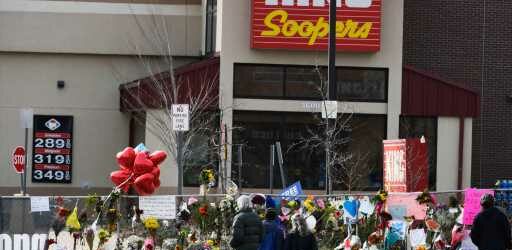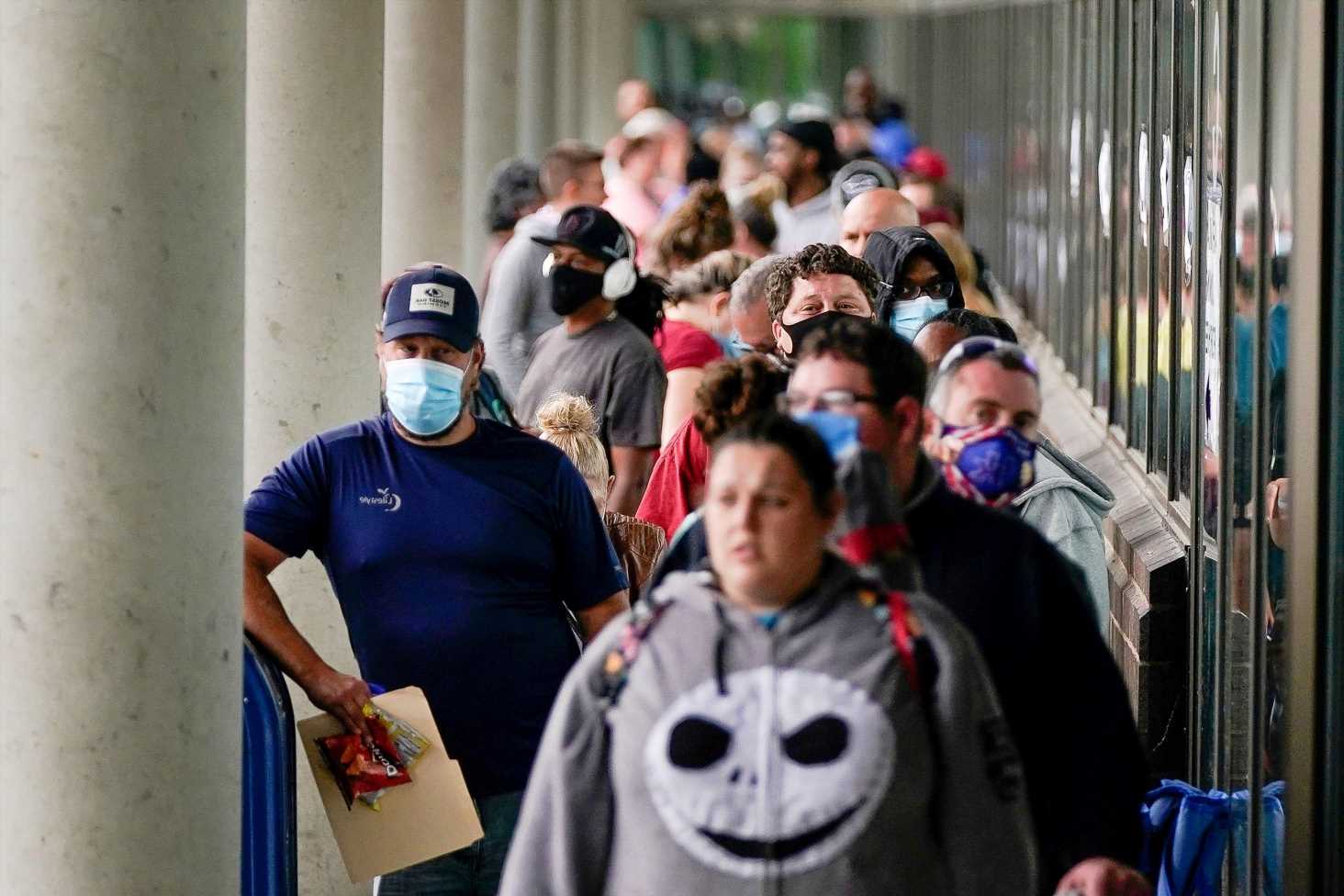An eight-minute video that shows the Boulder King Soopers mass shooting suspect inside the grocery store during the attack will be kept secret from the public even though it will be presented as evidence at an upcoming court hearing, a Boulder County district court judge ruled.
District Attorney Michael Dougherty cited the need to protect victims’ privacy and the defendant’s right to a fair trial in his July request that the video be made secret and not played in open court, but some experts say the move clashes with a cornerstone of the court system and violates a new state rule that governs when and how court records can be sealed.
“It‘s really a foundational principle of our country that we have open trials and open criminal proceedings in order to keep all of the parties involved honest,” said attorney Steve Zansberg, president of the Colorado Freedom of Information Coalition.
The district attorney’s office created the video to show the movements of 30-year-old during the nearly hour-long mass shooting on March 22, court records show. Alissa is charged with killing 10 people in and around the store.
Dougherty asked that 20th Judicial District Chief Judge Ingrid Bakke review the video in advance of Alissa’s Sept. 7 preliminary hearing, so that witnesses could refer to it during testimony without the footage being played in open court. He also requested the video be sealed until the prosecution’s entire case against Alissa is finished.
Bakke granted the request, which was not opposed by Alissa’s public defenders, in a one-line order on July 26.
That order, Zansberg said, is in “clear violation” of a new rule put in place by the Colorado Supreme Court this year that governs when judges can suppress court records from public review. The rule requires that judges explain in writing why public access is being restricted.
“So that doesn’t satisfy the rule,” Zansberg said of Bakke’s one-line order. He added that to seal a record, judges must also find that simply redacting parts of the record — like by blurring faces or cutting some footage — is not sufficient.
Dougherty declined to comment through spokeswoman Shannon Carbone, who said in an email that both the DA’s office and the court “are in full compliance with the rule of law,” and that the preliminary hearing and trial are both open to the public.
Former Boulder County District Attorney Stan Garnett said the prosecution is clearly attempting to manage pretrial publicity and avoid biasing the jury pool by releasing a likely graphic video, but said the secrecy request is “pretty unusual.”
“There is a clear First Amendment obligation for all proceedings in a case to be public,” he said. “And often the prosecution and the defense will collaborate to keep that from happening. The prosecution because they don’t want a change of venue, and the defense because they don’t want anyone to know what a (jerk) their client is.”
When former 18th Judicial District Attorney George Brauchler prosecuted the 2012 Aurora movie theater mass shooting, his office asked the judge to block the public’s view to gruesome crime scene and autopsy photos during trial. But then-District Court Judge Carlos Samour, who now serves on the state Supreme Court, denied that request, in part because of the public’s right to observe court proceedings.
“As much as the Court understands and respects the family members’ desire for privacy, under the law, this is not a compelling and overriding interest that outweighs the defendant’s constitutional right to a public trial or the public’s and the media’s right of access to open proceedings,” he wrote at the time.
In Alissa’s case, however, the exhibit was sealed in a preliminary hearing, not a trial, and only one video has been sealed, not more than a hundred photos and a 45-minute video as was requested in the Aurora case. The public’s right to know isn’t “unqualified,” Brauchler said.
“If it were more than this piece of evidence, I’d say ‘OK, every single piece they keep from the public at this stage I’d be a little more concerned about if they ask the judge to rely on it for the probable cause finding,’ ” he said. “But for something like this, it does not shock the conscience, it does not bother me too much, it doesn’t make me feel like, ‘Oh my gosh, this whole thing is in secret’ — because it’s not.”
But Zansberg said the sealing of the exhibit essentially constitutes a courtroom closure which must be done only if the circumstances meet a high First Amendment standard.
“Were the courts to countenance this type of ‘end run’ around the public’s right to attend judicial proceedings,” he said, “(it) would make an utter mockery of that constitutional right.”
Source: Read Full Article


